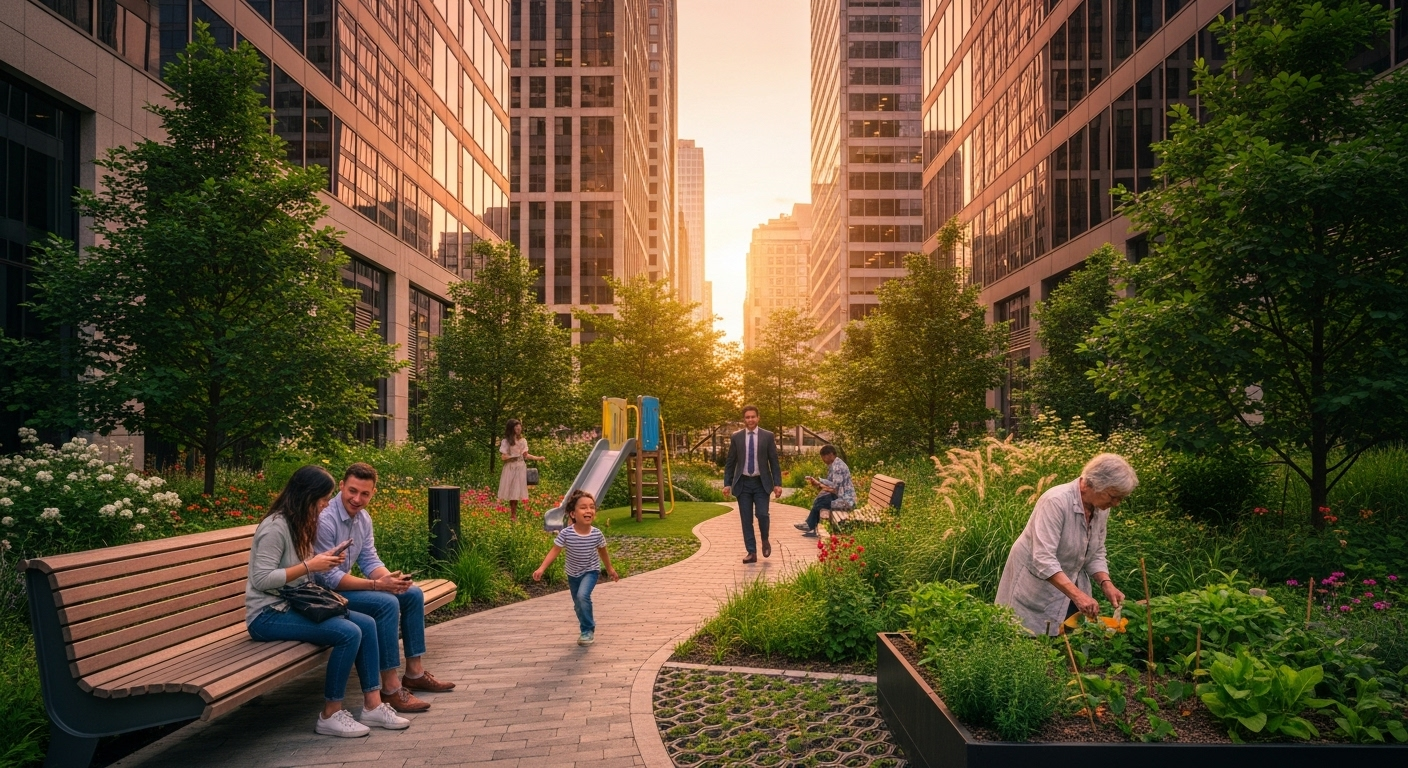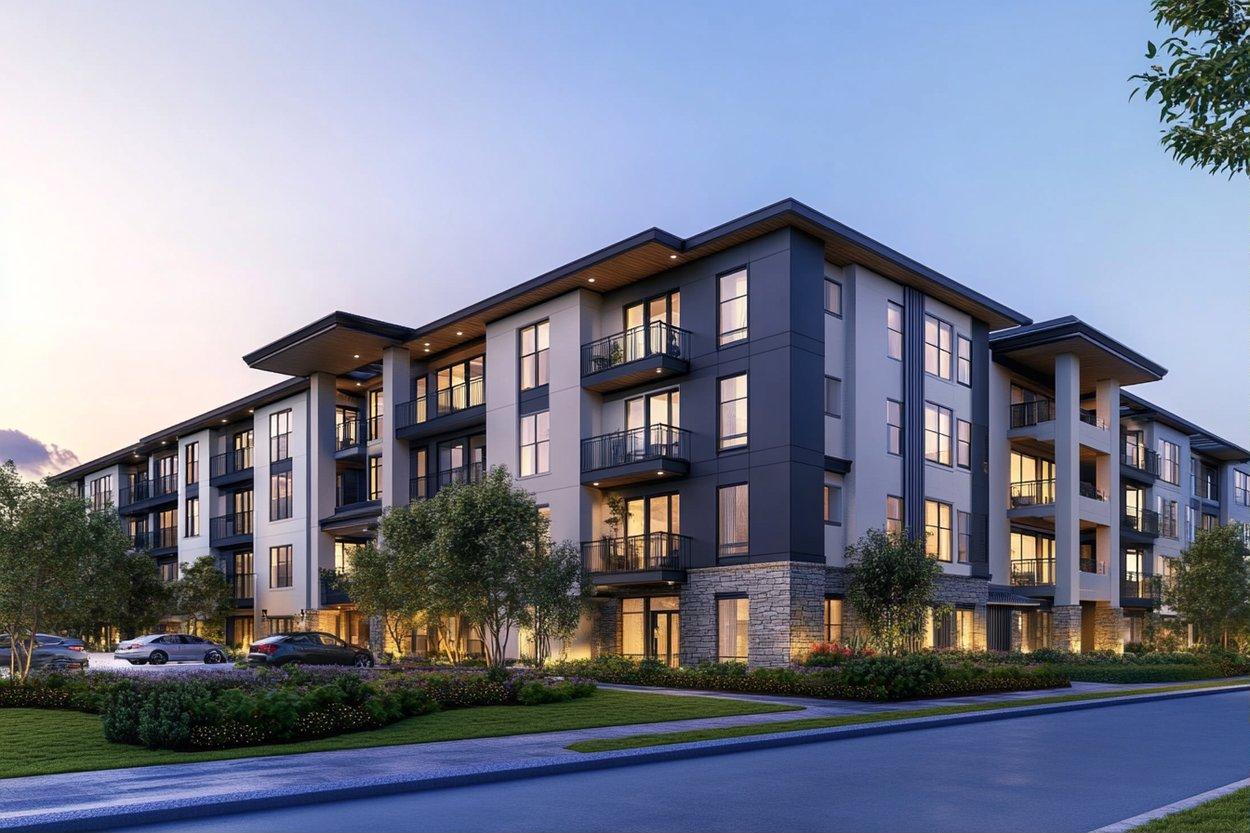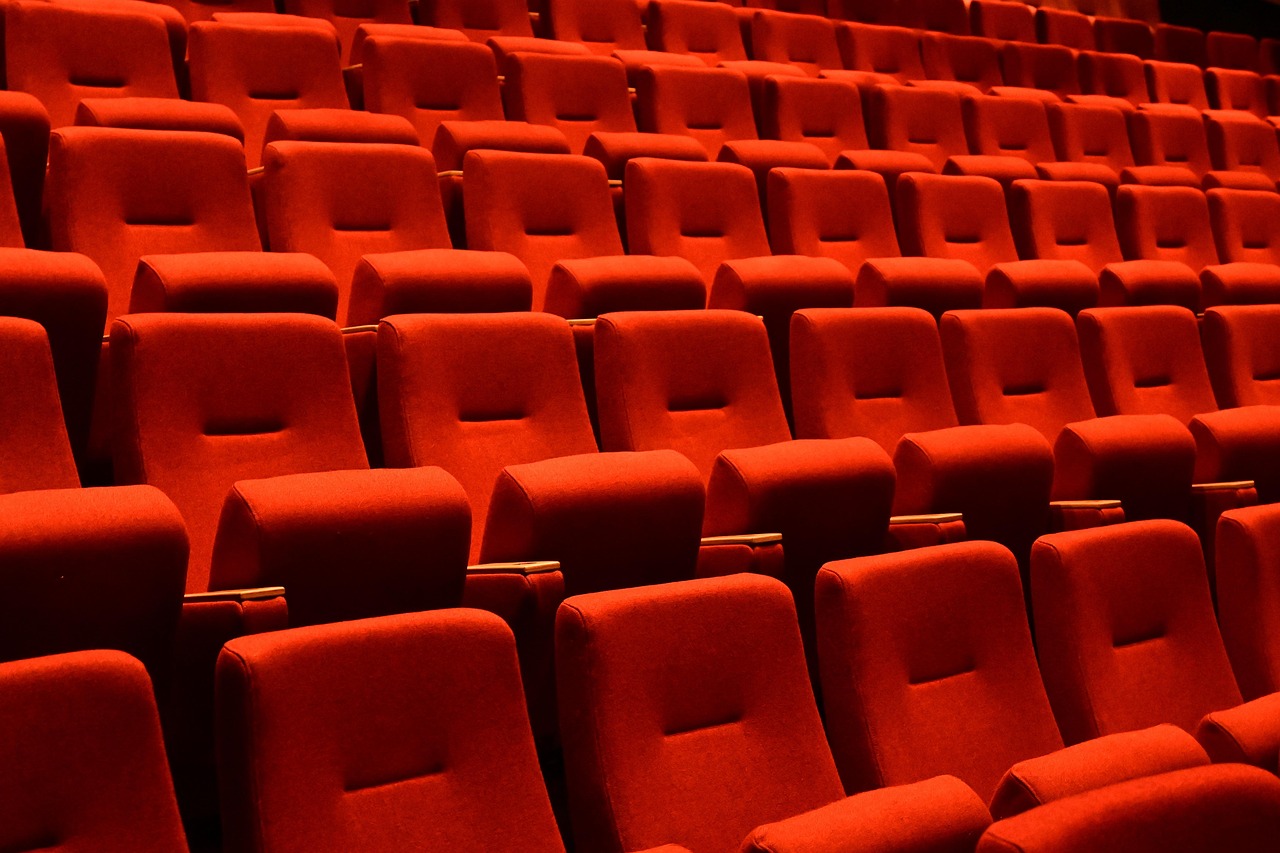Reimagining Urban Spaces: The Rise of Pocket Parks in Modern Society
From bustling city centers to suburban neighborhoods, urban spaces have long been the epicenter of human interaction, cultural exchange, and societal evolution. Yet, as the world grows increasingly urbanized, the quality, accessibility, and sustainability of our shared spaces have been thrust into the spotlight. One emerging trend offering a fresh, innovative approach to urban planning is the rise of pocket parks—small-scale green spaces designed to enhance community engagement, promote environmental sustainability, and improve quality of life in densely populated areas. In this article, we delve into the historical context, current trends, and societal implications of this fascinating development in urban design.

The Birth of Pocket Parks: A Historical Overview
The concept of small, accessible green areas within urban settings isn’t necessarily new. In fact, it dates back to the late 19th and early 20th centuries when urban planners began considering the importance of greenery in city life. However, the term “pocket park” was coined in the 1960s by the New York City Department of Parks & Recreation, indicating a more intentional, design-focused approach to these mini urban oases.
Pocket Parks Today: Trends and Innovations
Recent years have seen a resurgence of interest in pocket parks. As urban populations continue to swell, city planners and community leaders are turning to these small, strategically placed green spaces as a way to increase access to nature, promote community cohesion, and improve mental health among city dwellers. Some cities are even repurposing underused or abandoned urban spaces—like derelict lots, unused rooftops, or obsolete car parks—into vibrant pocket parks.
The Societal Impact of Pocket Parks
The benefits of pocket parks extend far beyond aesthetics. Research suggests that these green spaces can play a vital role in fostering community engagement, promoting physical and mental health, and enhancing environmental sustainability. By offering a communal space for relaxation, recreation, and social interaction, pocket parks can foster a sense of community in areas where residential density may otherwise lead to feelings of isolation or overcrowding.
The Future of Pocket Parks: Reimagining Urban Living
As we look towards the future, the role of pocket parks in urban planning is set to become even more significant. As cities grapple with the challenges of urbanization, climate change, and social inequality, these small yet impactful spaces offer a promising solution. Pocket parks represent a unique convergence of societal needs and environmental imperatives, providing a blueprint for the sustainable, inclusive, and community-oriented cities of the future.
In the grand scheme of urban development, pocket parks may seem like a small piece of the puzzle. Yet, their potential impact on city life is enormous. As we continue to navigate the complexities of urban living in an increasingly interconnected world, these innovative green spaces hold the promise of a brighter, more sustainable, and socially inclusive future. Read below to delve deeper into the world of pocket parks and the transformative role they play in modern society.





